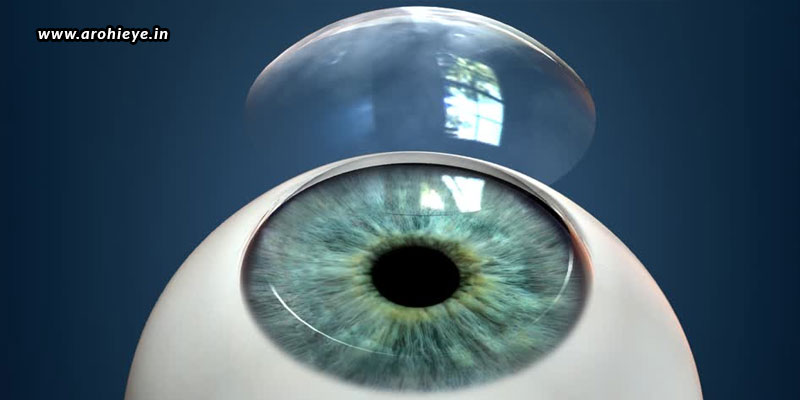The cornea is a very important part of our eye, which is mainly responsible to help us see things the way they are. When easy of light from any object strike the cornea, they bend to enter through the papillary aperture and then pass through the lens filter to form an image on the macula, which is the central part of the retina within the eyes. This image signal is carried to the brain through the optic nerve, which helps the brain perceive it as the known object. While every part involved in this process is important, the cornea forms the most initial element. Any problem in the cornea means no light will be absorbed; thus no image will be formed to reach the brain. Thus, without the cornea intact, there is no way that we can see!
Cornea transplant – Treating a damaged cornea
If there is any damage done to the cornea, wherein there is any kind of obstruction that affects the light rays from entering the eyes, a cornea transplant will be needed, where the original cornea will need to be removed and replaced by a donor cornea. The donor cornea is received from one who wants to donate their eyes after death; but it is very important that the cornea being installed has been removed from the body within six hours of death.
When is cornea transplant required?
When we say that cornea transplant can help restore vision in case of a damaged cornea, you may want to know what kind of damage we speak of here. There could be various reasons why the cornea would need to be replaced. If you are suffering from any problems like corneal scar, corneal ulcer, corneal dystrophy, corneal trauma, pseudophakic bullous keratopathy, severe spheroidal degeneration, or advanced keratoconus with apical scarring, you may require a corneal transplant. However, you must first attain the right consultation from an eye surgeon in Mumbai, who can suggest you the best option to treat your condition.
Before cornea transplant – Conditions to be fulfilled
Before a cornea transplant is performed, the doctor will have to check for a number of things to determine a successful outcome after the surgery. These include –
- There must be light perception in the eyes
- The projection of rays must be accurate in all quadrants
- There must be no retinal or choroidal detachment at the back of the eye
- The lids and adnexa should be healthy
- There must be intraocular pressure between 10-25 mm of Hg
Only after the above factors are fulfilled can a cornea transplant be approved of being performed on the patient.
What are the different types of cornea transplant?
Depending upon the condition of your cornea, there could be different kinds of cornea transplant procedures chosen for you. Here is a list of the different types of cornea transplant procedures available.
- Full Thickness Penetrating Keratoplasty (PKP) – Here, all the layers are removed and replaced by a full thickness donor corneal graft.
- Deep Anterior Lamellar Keratoplasty (DALK) – Here, only the anterior layers of scarred or diseased cornea are replaced.
- Descemets’ Stripping Automated Endothelial Keratoplasty(DSAEK) – Here, only the innermost layer of the cornea that is affected is replaced by a healthy layer of endothelial cells from the donor cornea.
God forbid you get any such corneal diseases for which you have to undergo a replacement. But, if at all you notice any problems with your vision, it is only wise to immediately get in touch with an best eye hospital in Lokhandwala like Arohi Eye Hospital, where all and any kinds of eye problems can be detected and treated at the earliest!
Dr. Shradha Goel
Dr. Shradha Goel, Chief Surgeon at Arohi Eye Hospital, is a renowned Phaco-LASIK surgeon with over 10,000 surgeries to her credit. She earned her MBBS from Grant Medical College, Mumbai, and a Master’s in Ophthalmology from Kasturba Medical College, Manipal. As a member of the American Academy of Ophthalmology, Dr. Goel specialises in LASIK, refractive errors, and cataract treatments.

